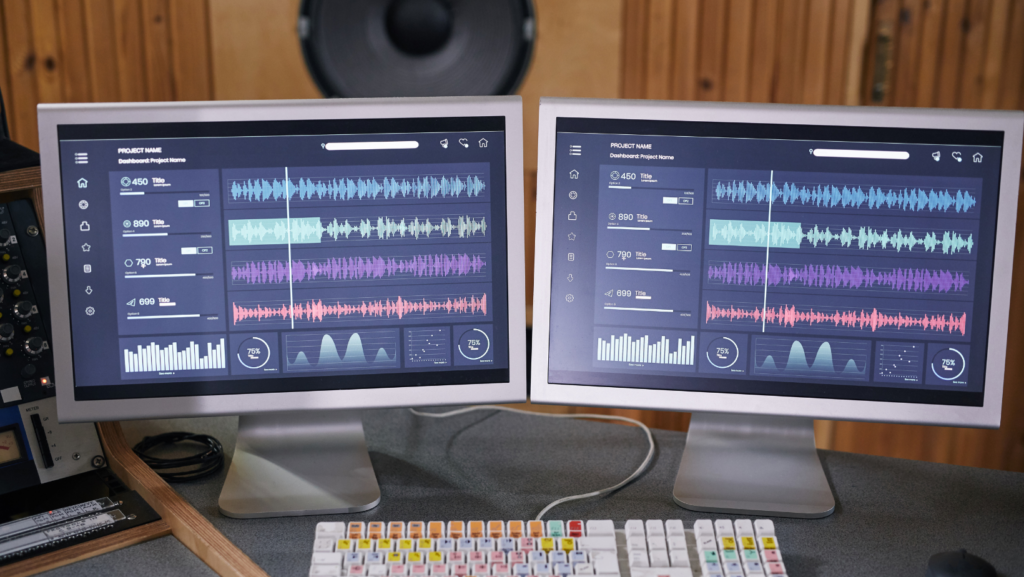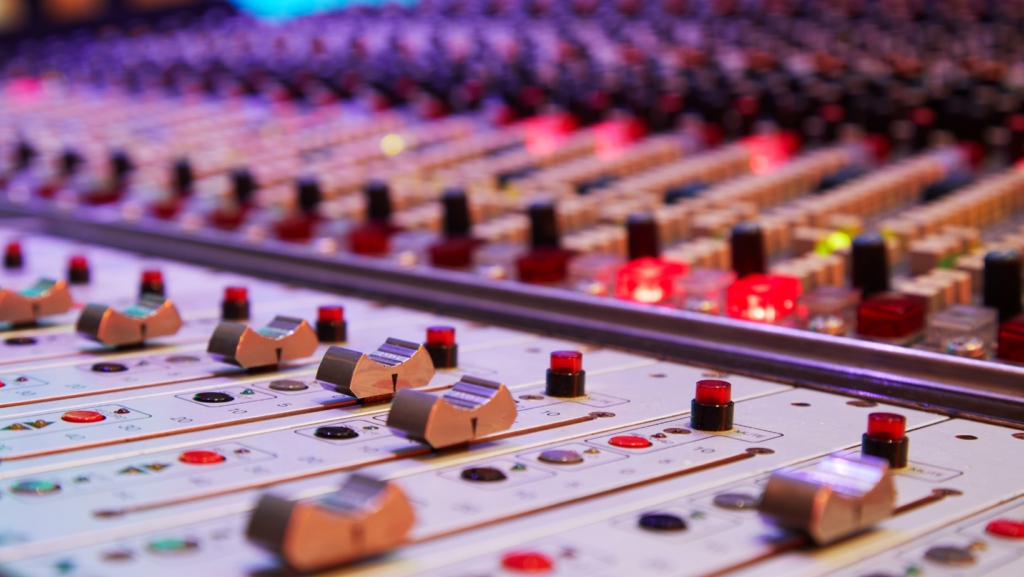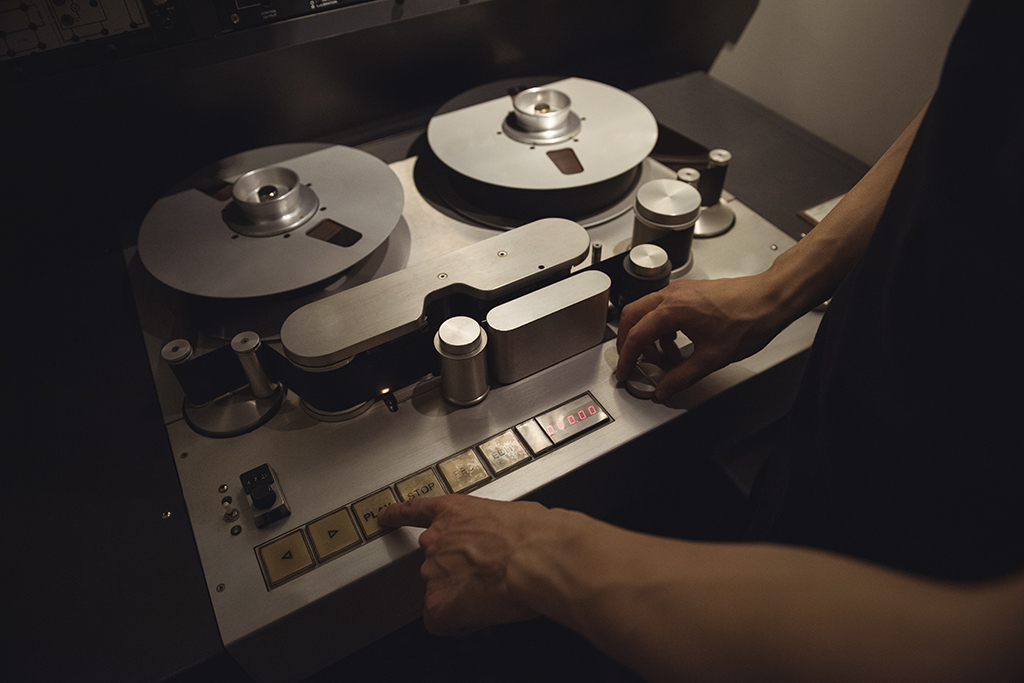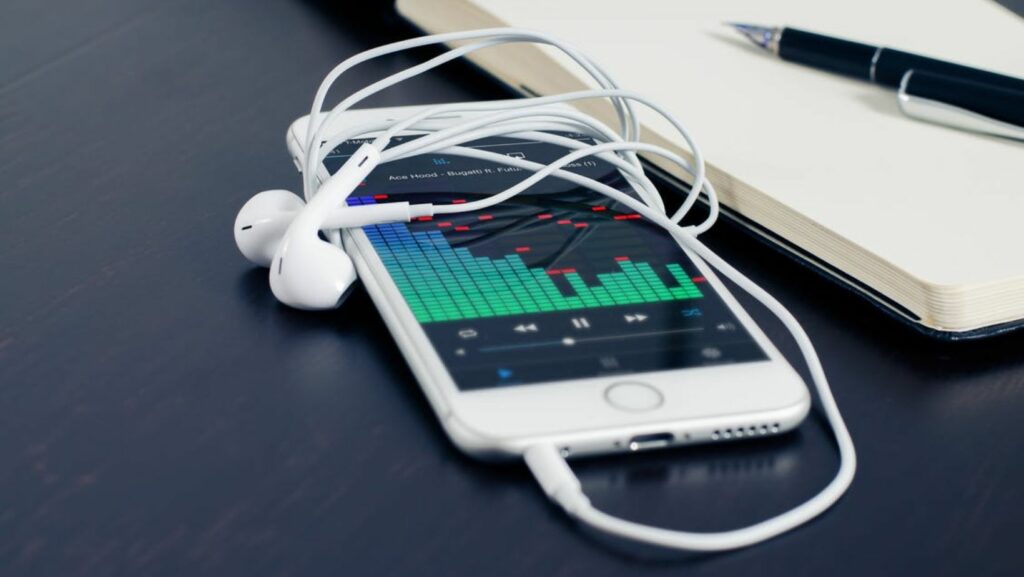Analog Vs Digital Music

In the realm of music, the debate between analog and digital formats has long been a topic of fervent discussion. As a music enthusiast, I’ve delved into the nuances of both worlds to uncover the distinct charms and capabilities each offers. From the warm, rich tones of vinyl records to the crisp, precise sound of digital audio files, the choice between analog and digital music is not merely about preference but also about the unique experience each conveys.
Exploring the realms of analog vs digital music reveals a fascinating dichotomy between tradition and innovation. As I navigate through the intricacies of sound production and consumption, I’ve come to appreciate the nostalgia evoked by analog formats and the convenience afforded by digital platforms. Join me on this journey as we unravel the complexities of analog vs digital music, shedding light on the timeless allure and modern advancements shaping the music industry today.
Understanding Analog vs Digital Music
Defining Analog Music

Analog music refers to sound recording and reproduction methods that capture and play back sound in a continuous wave form. These formats, such as vinyl records and cassette tapes, have a warm and rich sound quality appreciated by audiophiles for their authenticity. They work by directly translating sound waves into physical imprints on the recording medium, creating a unique listening experience.
Defining Digital Music
Digital music, on the other hand, involves the conversion of sound into a series of binary numbers for recording and playback. This method, commonly used in CDs, MP3s, and streaming services, offers a clean and precise sound reproduction with flexibility in editing and storage. Digital music allows for easy sharing and distribution, revolutionizing how music is consumed in the digital age.
Audio Quality Comparison
Warmth and Richness of Analog

In my experience, analog music, such as vinyl records and cassette tapes, offers a unique warmth and richness that is often revered by audiophiles. Analog formats capture sound as a continuous wave form, resulting in a smooth and natural sound quality. The imperfections and slight variations inherent in analog recordings contribute to a warm and inviting listening experience. Many enthusiasts appreciate the nostalgic feel and organic sound of analog music, which can be particularly appealing for genres like jazz, blues, and classic rock.
Clarity and Precision of Digital
When it comes to digital music, the clarity and precision achieved are unparalleled. Digital formats like CDs, MP3s, and streaming services convert sound into binary numbers, allowing for precise reproduction of the original recording. The digitization process eliminates the imperfections present in analog recordings, resulting in a clean and crisp sound quality. Digital music offers exceptional clarity, making it ideal for genres that require precise sound reproduction, such as electronic music, pop, and classical. Moreover, the ease of editing and sharing digital recordings has revolutionized the music industry, enabling artists to refine their work with remarkable precision.
Availability of Analog Formats
When it comes to the accessibility of analog formats like vinyl records and cassette tapes, it’s essential to recognize their unique charm but limitations. While analog formats offer a nostalgic appeal and a warm sound quality, finding and purchasing these items can be challenging. Often, collectors and enthusiasts frequent specialty shops, record fairs, and online marketplaces to build their collections. This exclusivity adds to the allure of analog formats but can also be a barrier for casual listeners looking for quick and easy access to music.
Advantages of Digital Formats
In contrast, digital music formats such as CDs, MP3s, and streaming services excel in terms of convenience and availability. With digital music, it’s as simple as a few clicks to access millions of songs instantly. The portability of digital music further enhances its appeal, allowing listeners to carry thousands of songs in their pocket through smartphones, tablets, or dedicated music players. Moreover, digital formats offer a wide range of options for customization, from creating personalized playlists to adjusting sound settings according to individual preferences. The convenience and flexibility of digital music have revolutionized the way we consume and interact with music, making it a popular choice for today’s music lovers.



